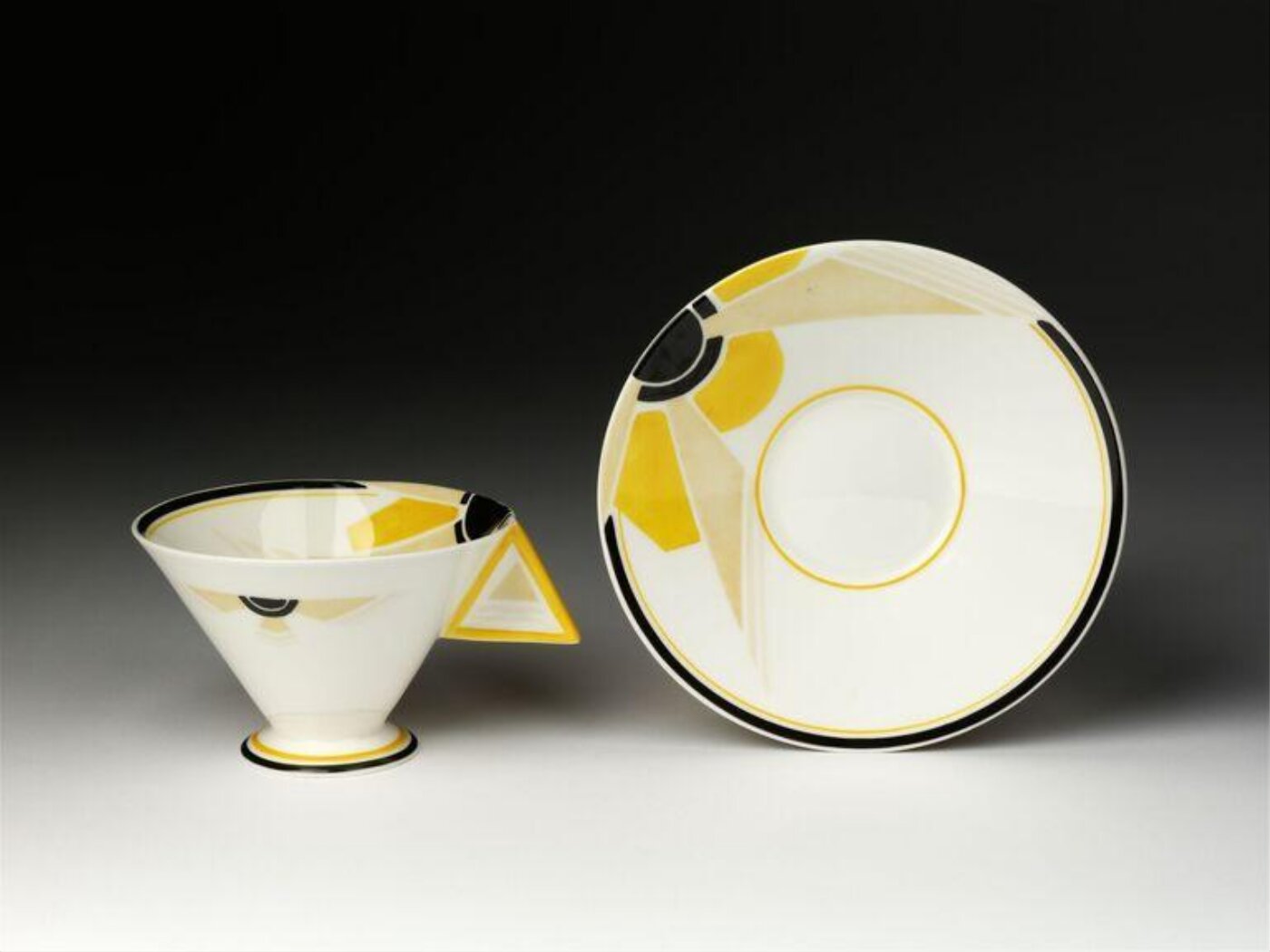
I’ve been asked to write a memoir. It’s because I’ve been an Anglican priest for 20 years and it’s been quite a ride – deployed to a tube station when the terrorist bombs went off on 7 July 2005, served the Archbishop of Canterbury as the child-abuse catastrophe unfolded, been the religion editor of a national newspaper and helped countless people to die and to marry as a rural parish rector.
So, I suppose it meets the minimum criterion that a memoir shouldn’t be about me so much as the events through which I passed. But it also raises questions about what a memoir is for, as well as what it’s about. I wonder about its purpose and that leads to choices of style.
I had in mind a hybrid fiction model, in which the only made-up character was me, heightening the drama of it all by being maybe bisexual and a cokehead (neither of which I have been) who encounters all the real and interesting people that I have. That might at least make it a bigger challenge for libel lawyers.
A publisher at lunch this week persuaded me that this is a very bad idea. Commercial fiction is where the action is and literary fiction (even if I could do it) is dead. It has to fit in one of the silos that people will buy – crime, romance, fantasy and so on. And I’m an old, white man, to boot.
But memoir is a good stable, she said, and it didn’t need to be a dull, linear narrative. In fact it mustn’t be that. I’m beginning to think it must be a drama and, as such, as creative an act as fiction.
So, not history. Or maybe, like history, it depends on how you look at it and how we remember. As someone quite famous remarked recently, recollections may vary. And we all have an agenda in relating them. Memoir is not a record, it’s about experience, emotion, interpretation and score-settling (I’m looking forward to that last bit).
The most obvious exemplar of this is the political memoir, which lately has ticked towards being written by the spouses of politicians. Salacious revelation seems to be the currency here, all the better if a former prime minister is alleged to have said he’d like to drag you into the undergrowth and give you one.
Memoir is also the embarrassing uncle of autobiography. It amounts only to what we remember, as we wave a glass about in the pub.
One rather hopes, for reasons of aesthetics as much as decorum, that this indicates that memoir is as much about what times were like as about being a simple record of them. This makes sense as I face the prospect, for example, of relating being with a 26-year-old mother of two as she died.
If it’s such an essentially subjective exercise, then memoir is a poor country cousin of history. Some have made it consciously so in their titles – Clive James’s Unreliable Memoirs and Python Graham Chapman’s A Liar’s Autobiography come to mind.
Incidentally, memoir is also the embarrassing uncle of autobiography. It amounts only to what we remember, as we wave a glass about in the pub, rather than the marshalling of peer-approved facts. This is what makes it so sensationally subjective. I remember standing alone in a boorish institution, heroically speaking truth to power. You remember a blithering idiot. The difference is I’ve got a publisher.
In this sense, memoirs are the stories that make us who we are. Or, naturally, who we’d like to be, or like to be seen as. In ancient Greek terms, we deploy our mythos rather than our logos, our allegory rather than our empirical reality.
But, again, these stories make us who we are. And not just the stories we tell. The stories of our nations are similarly formative. The stories that the world’s major faiths tell also define us, whether we believe them or not.
The Christian gospels are memoirs. The first three of them attempt to describe what happened. The fourth, John, is rather more allegorical. But they all, in the Jewish tradition of storytelling, in one way or another seek to describe what it was like to be in the insurgent Nazarene movement, as much as what actually happened.
Matthew, the tax-collector, writes for his audience of Jews. Luke is concerned with what it all means for the poor – and not just those economically so. Mark, first out of the trap, wants to consider what it all means for non-Jews. Their recollections may vary. But it’s reckless to suggest that this invalidates their testimony.
My memoir will contain no gospel truth. But there’s no point in embarking on an exercise that is only about what happened over 20 years of priesthood. It has to be about what it was like too.
I think that its epigraph may read: “Nothing in this book happened. Everything in it is true.”






